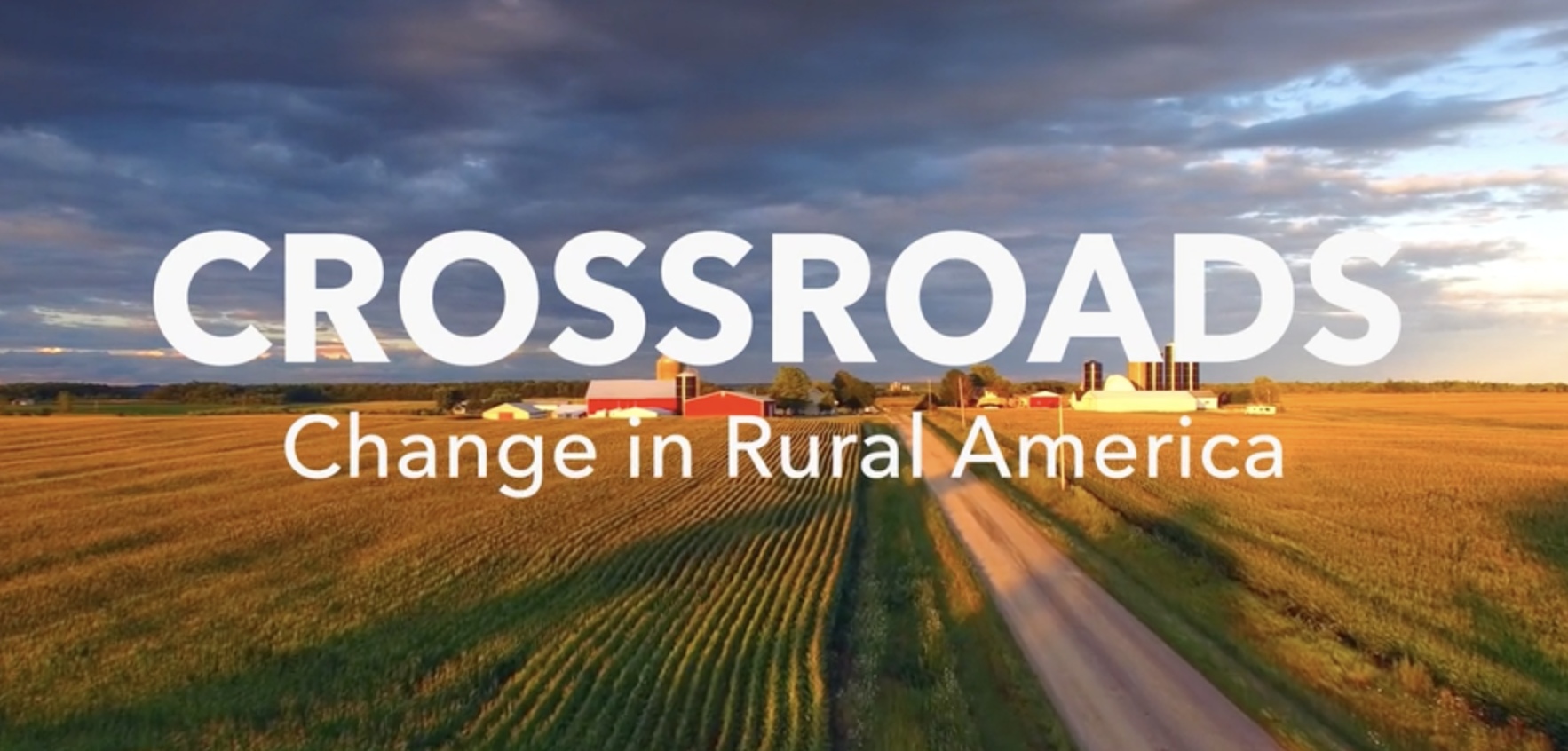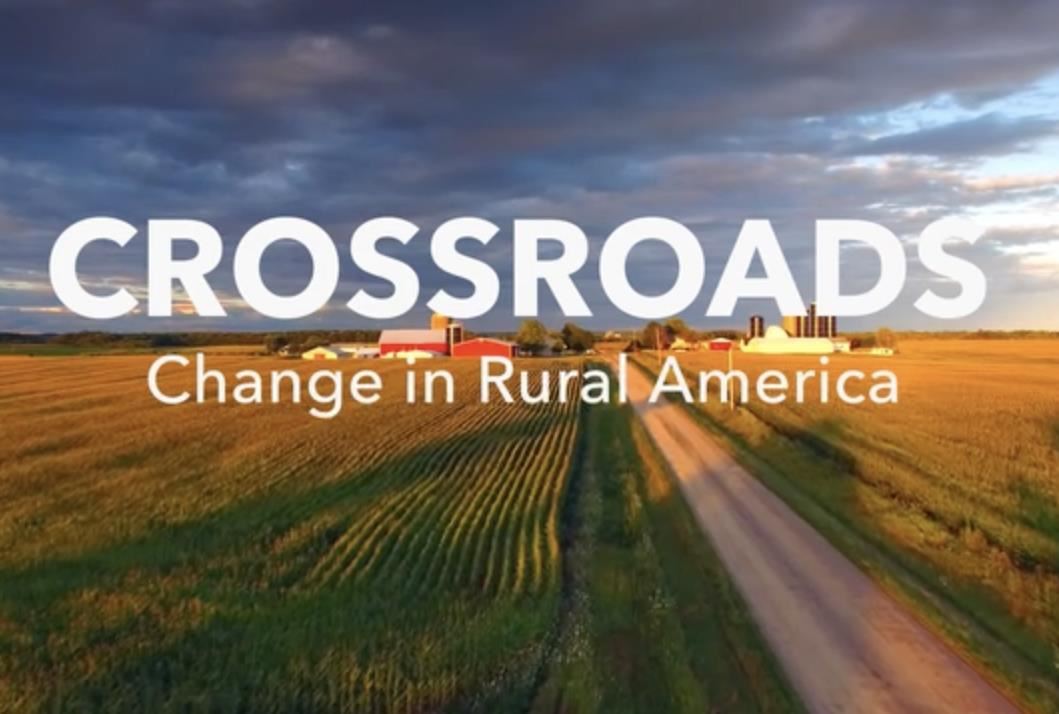

Crossroads: Change in Rural America
November 17, 2021
In 2020-2021, Humanities Kansas launched the Crossroads: Change in Rural America initiative, anchored by a Smithsonian Institution traveling exhibition from Museum on Main Street. The initiative sparked fresh thinking and new conversations about the future and sustainability of Kansas communities. Local exhibitions, public programs, online resources, and the Smithsonian exhibition offered food for thought as Kansans considered what's at stake in small towns. Every community at a crossroads asks a similar question– what does it take to survive and thrive and how has that changed over time and across generations?
Summary:
- 6 Kansas communities hosted the Smithsonian traveling exhibition
- 15 Kansas communities explored the Crossroads theme in their own town
- 17,000 Kansans visited the Crossroads exhibition and engaged in local exhibits and programming
- 2,500 people visited the online Crossroads companion website.
- A special publication – At the Crossroads: Stories of Change in Rural Kansas – was distributed statewide featuring 16 Kansas stories.
- The Crossroads Conversations Resource Catalog included free speakers and book discussions.
- 58 Kansas nonprofit cultural organizations organized history presentations to examine the Crossroads theme.
An Overview:
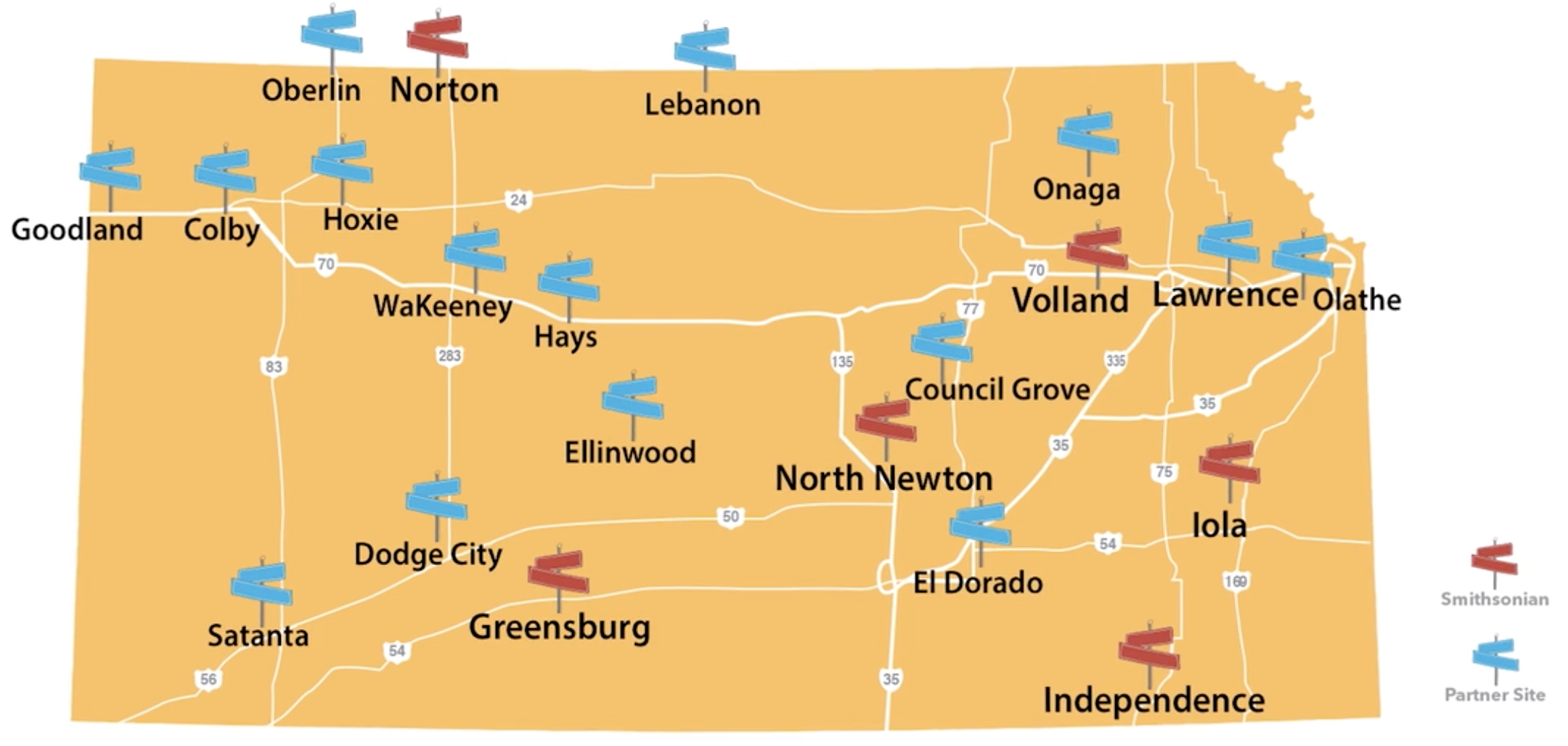
Nearly two years ago, Humanities Kansas (HK) announced the launch of the statewide initiative Crossroads: Change in Rural America anchored by Smithsonian Institution traveling exhibition of the same name. Crossroads toured the Sunflower state from August 2020 to June 2021, bringing community members together and sparking important conversations about the history, culture, and future of rural life.
For over 20 years, HK has partnered with Museum on Main Street to bring exhibitions of the nation’s premier cultural Institution to Kansas communities. Crossroads used engaging photographs, texts, and interactives to explore different aspects of rural life through themes of identity, land, community, persistence, and managing change. HK partnered with six rural communities—Iola, Greensburg, North Newton, Independence, Alma, and Norton—to host the Smithsonian exhibition. The six communities were also charged with creating local exhibits and public programming that shared stories of living rural and highlighted moments of change and adaptation.
Fifteen additional communities were selected as partner sites to develop local exhibits and programming that considered what it means to live rural in the 21st century and explore what communities of all sizes need to survive and thrive, including innovation and creativity. Partner sites included the Dodge City Community College; the Dole Institute of Politics, Lawrence; Ellinwood School Community Library; Hays Public Library; Kansas Oil Museum, El Dorado; Lebanon Community Library; Mahaffie Stagecoach Stop and Farm Historic Site, Olathe; Morris County Historical Society, Council Grove; Onaga Historical Society; Satanta Area Arts Council; Thomas County Historical Society/Prairie Museum of Art and History, Colby; High Plains Museum, Goodland; Sheridan County Museum, Hoxie; Trego County Museum, WaKeeney; and Decatur County Museum, Oberlin.
Planning, preparing, and hosting the exhibition took a great deal of hard work and dedication from remarkable community partners. Over 12,000 people visited the Crossroads exhibition in six Kansas communities and over 5,000 people engaged in local exhibits and programming. New partnerships were formed creating opportunities for future collaborations.
Crossroads kicked off in August of 2020 in Iola at the Bowlus Fine Arts Center. As it traveled through Kansas, host sites put a local spin on the national story told by the Smithsonian exhibit telling local stories of innovation, adaptation, and sustainability. The Bowlus worked closely with the Allen County Historical Society to create a local exhibit where audiences were encouraged to have conversations about monumental moments of change in Allen County. 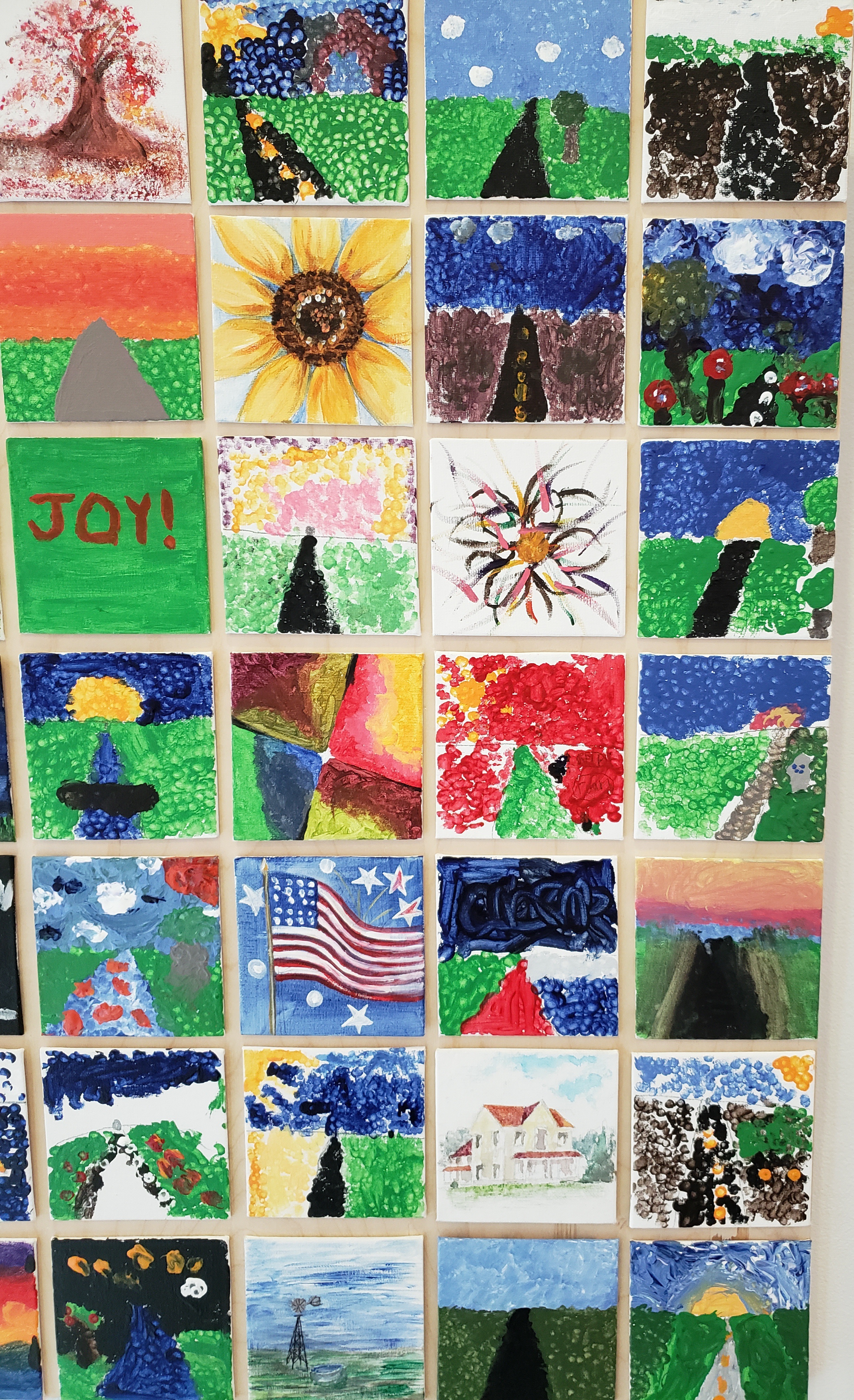
The 5.4.7. Art Center in Greensburg gave residents the chance to reflect on the meaning of “rural” through a community-wide project where audiences were asked to consider what images come to mind when they hear the words "rural life.” The project demonstrated that everyone carries a unique perspective of what is “rural.” In North Newton, the Kauffman Museum explored the history, traditions, and contributions of immigrants and Indigenous peoples who first inhabited the area. “The exhibit was a catalyst for reflection and discussion between people of different ages, generations, and backgrounds,” shared a local project director. “It was rewarding to connect our local stories to national themes.”
At the beginning of 2021, the exhibit traveled to the Independence Historical Museum and Art Center. The local exhibit celebrated the rich entrepreneurial spirit and diverse community of Independence.
In Alma, the Volland Store created a robust online exhibit and videos highlighting the rich culture of ranching in Wabaunsee County prompting discussions about the future of agriculture. The exhibit made its final stop at the Norton County Arts Center where hosts showcased stories of local pioneers known for their blazing boldness and fiery personalities. “These stories revealed a lively complex local history,” shared the local project director, adding that, “hosting an exhibit of this caliber helped our community to explore the possibility of doing more community engaged exhibitions.” 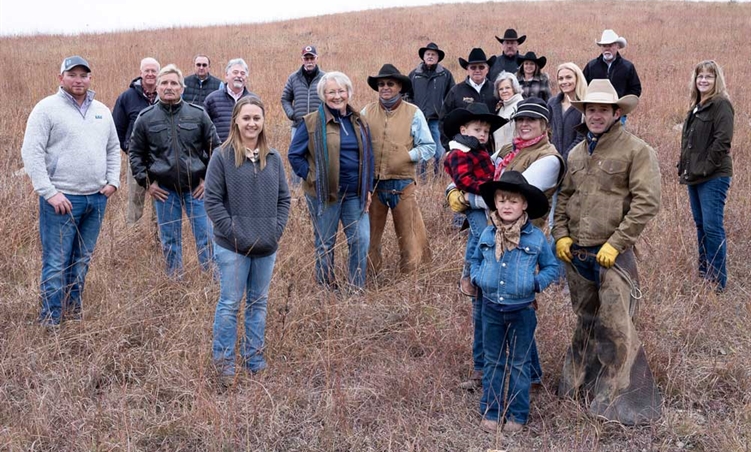
Partner sites helped extend the statewide conversations about the future of rural communities through creative and thoughtful programming. The Onaga Historical Society held a series of presentations led by humanities scholars that spurred conversations about access to water, economic changes affecting the community, and how identity and a sense of place is communicated through a built environment. The Prairie Museum of Art and History also organized free presentations and discussions featuring local leaders and thinkers to discuss the future of education, economic development, and health care in the western part of the state.
Meanwhile, Satanta Area Arts Council was inspired by photographers in the national news document living through a pandemic by taking front porch portraits of neighbors. Replicating the project, Satanta created a series of front porch portraits accompanied by flash stories written by local high school students. The project encouraged visitors to consider the diverse experiences of Haskell County residents fostering a renewed sense of community.
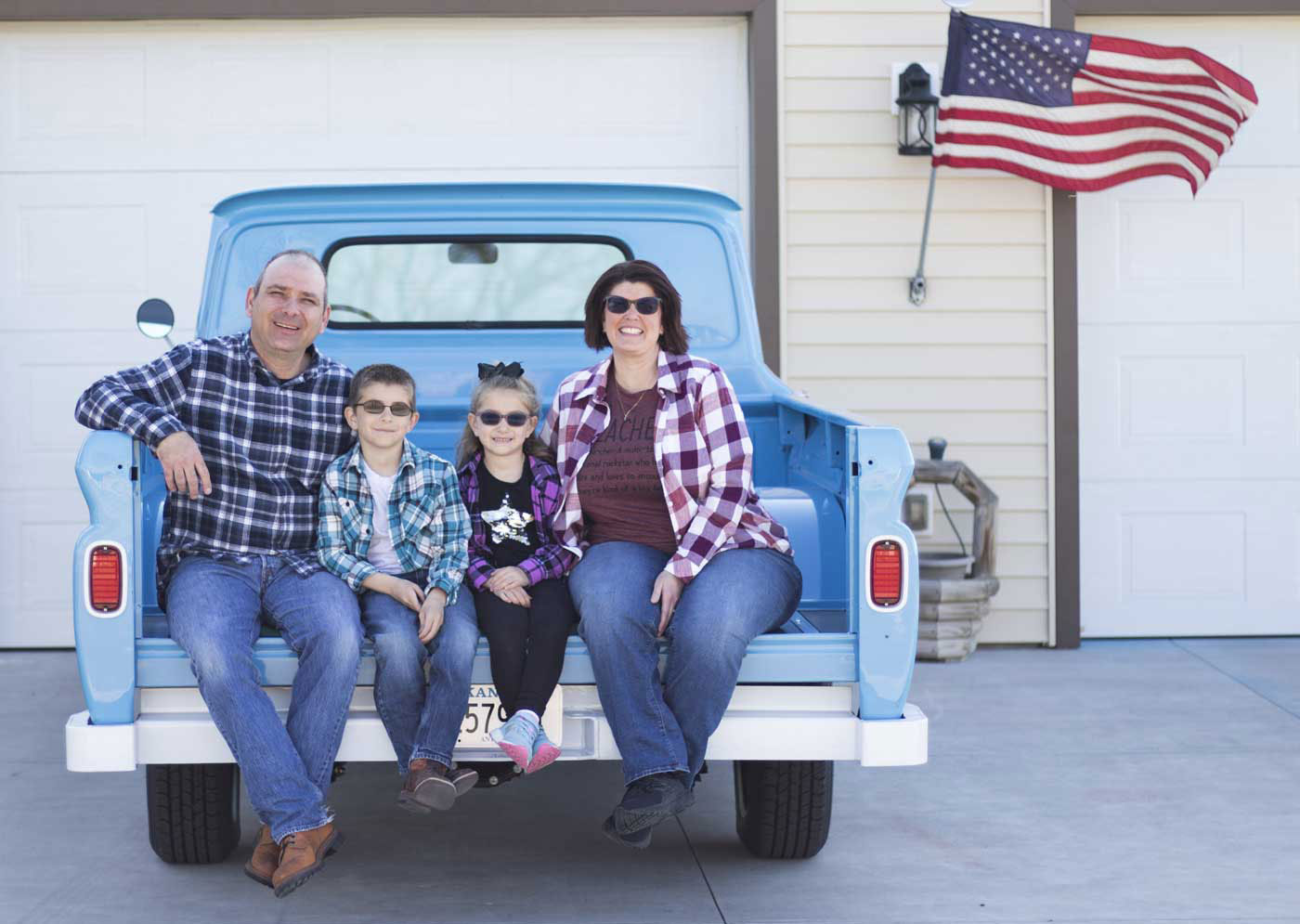
Notwithstanding months of careful planning and preparation, no one could predict how the year would unfold. Crossroads launched in the midst of the COVID-19 pandemic. While the pandemic changed how we typically experience exhibits and community events, hosts and partner sites responded to ongoing changes with creative, bold ideas and worked to make each experience safe and accessible.
The Kansas Oil Museum in El Dorado adapted their in-person exhibit into a YouTube video series sharing behind the scenes footage and in-depth look that the history of Butler County. The videos were widely popular and featured on PBS Kansas. Virtual grand openings and programming allowed audiences from all over to partake in the Crossroads initiative and have collectively garnered over 30,000 views.
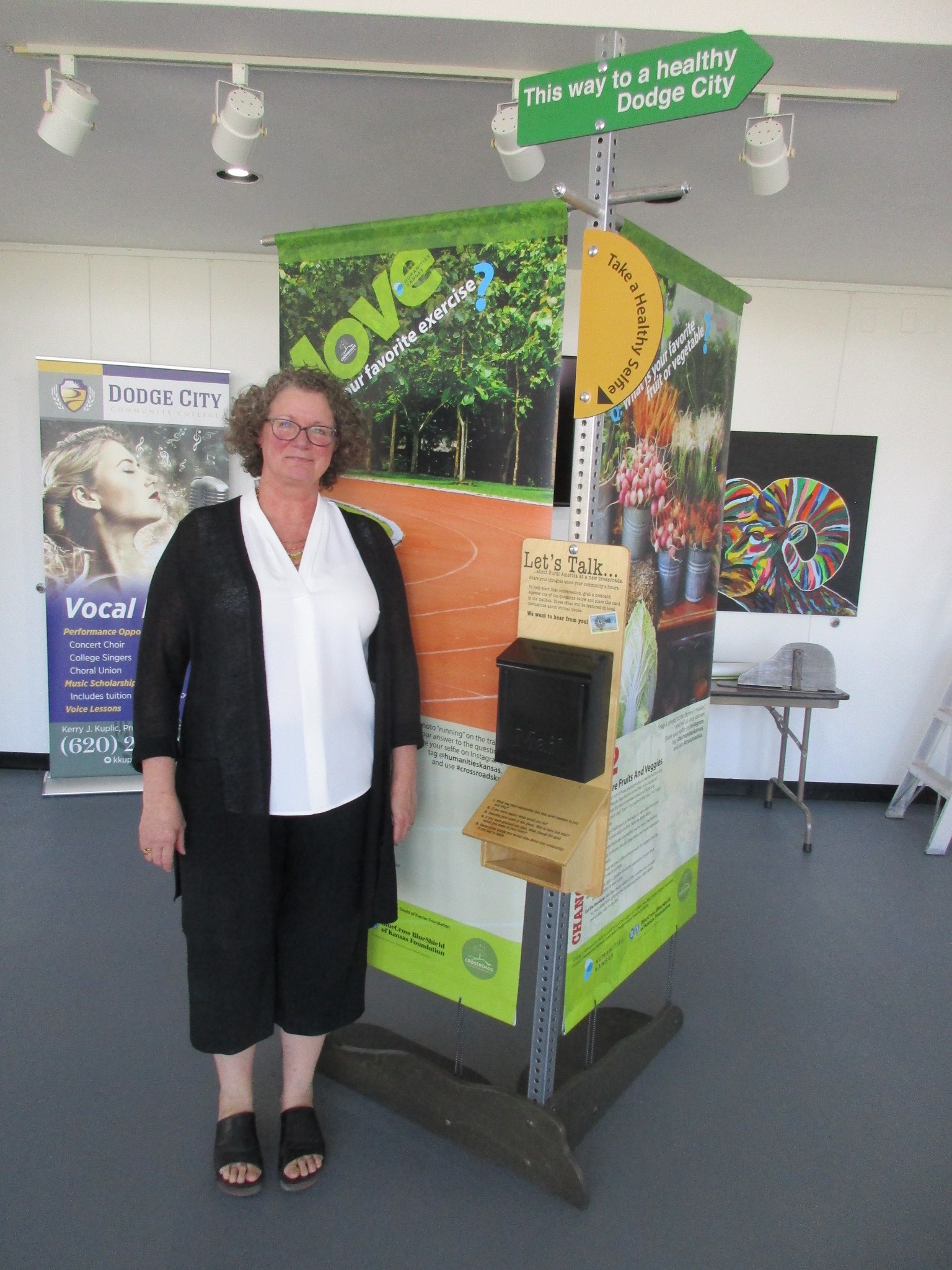 Humanities Kansas also adapted and reimagined how people could participate in the Crossroads initiative. HK created the Crossroads Conversations Resource Catalog, a curated list of presentations from Kansas experts, book discussions, and at home programs designed to spark conversations about the challenges and changes facing rural Kansas. Communities could work with their local nonprofits to bring these opportunities to their hometown, or individuals could participate at home in activities such as our collaborative Crossroads Spotify playlist – which included songs with themes of home, rural America, change, and community or our reader’s theater script called “Love at the Crossroads.”
Humanities Kansas also adapted and reimagined how people could participate in the Crossroads initiative. HK created the Crossroads Conversations Resource Catalog, a curated list of presentations from Kansas experts, book discussions, and at home programs designed to spark conversations about the challenges and changes facing rural Kansas. Communities could work with their local nonprofits to bring these opportunities to their hometown, or individuals could participate at home in activities such as our collaborative Crossroads Spotify playlist – which included songs with themes of home, rural America, change, and community or our reader’s theater script called “Love at the Crossroads.”
Audiences were also encouraged share their visions for their community’s future by stopping by a host or partner site pop-up healthy behavior kiosk. Each kiosk included mailboxes and postcards where attendees could share their vision of a healthier future by answer thought-provoking questions. Participants could snap a healthy selfie in front of the kiosks while discovering healthy activities and ways to relax while exploring their own community. Moreover, each host and partner site organized yoga fitness classes promoting the idea that the future of rural is healthy.
To ensure that anyone could participate in the in the Crossroads initiative, regardless of location, HK collaborated with the Flint Hills Design firm in Newton to create a website (crossroads.humanitieskansas.org) that features an interactive “Crossroads” experience, including an online sneak peek at the Crossroads exhibition and local exhibits. Nearly 2,500 users hav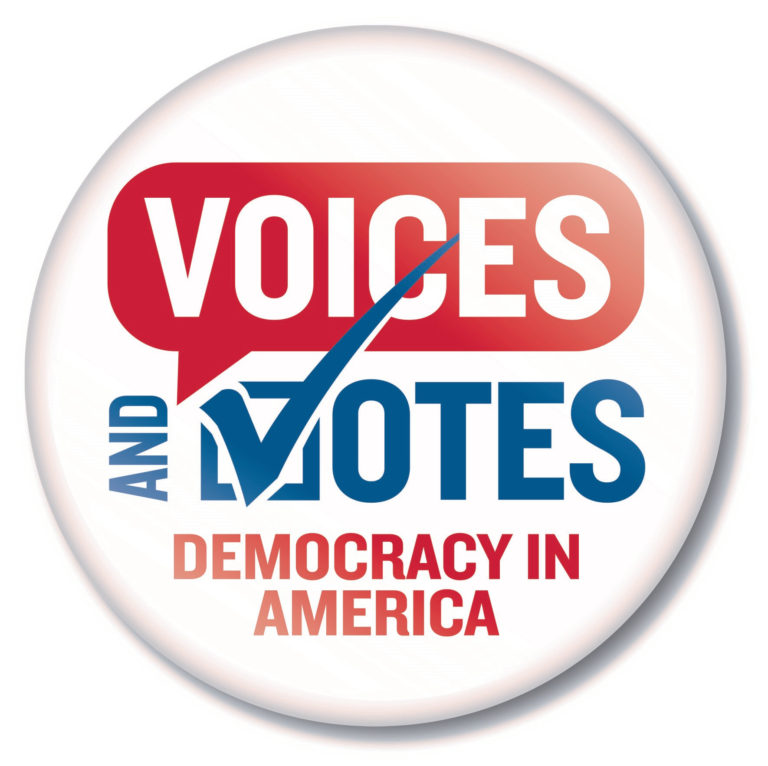 e viewed the Crossroads website over 8,000 times!
e viewed the Crossroads website over 8,000 times!
Humanities Kansas appreciates the dedication and vision from all those who made the Kansas tour of Crossroads: Change in Rural America a success. While conversations about the future and importance of rural communities will continue, HK is preparing for the next Smithsonian exhibit Voices and Votes: Democracy in America which will open in March of 2023.




